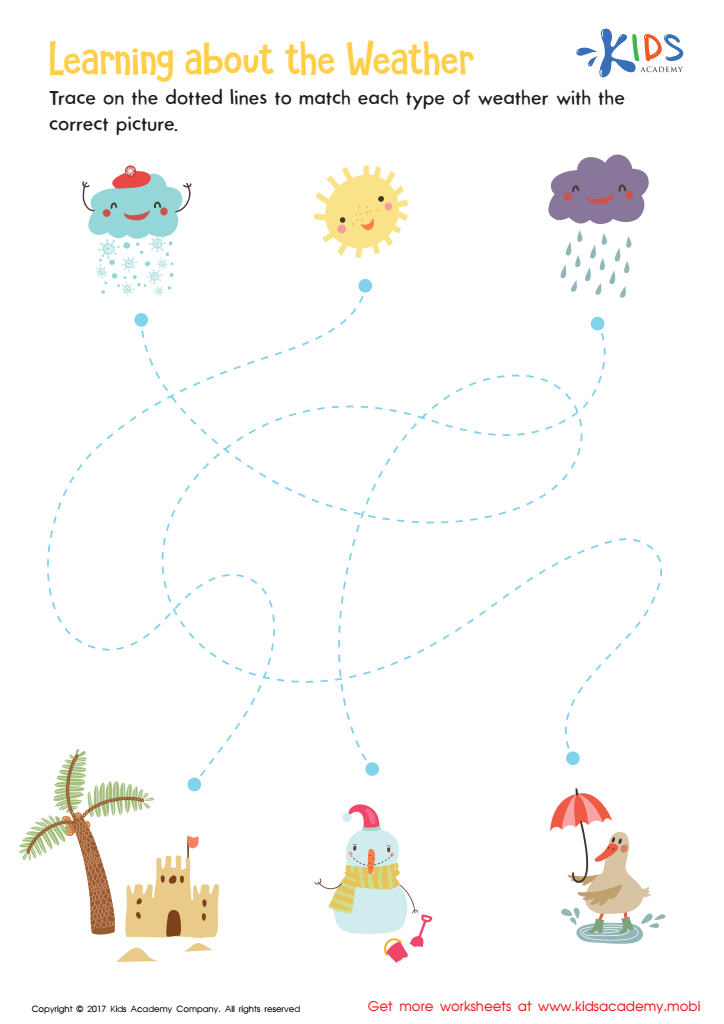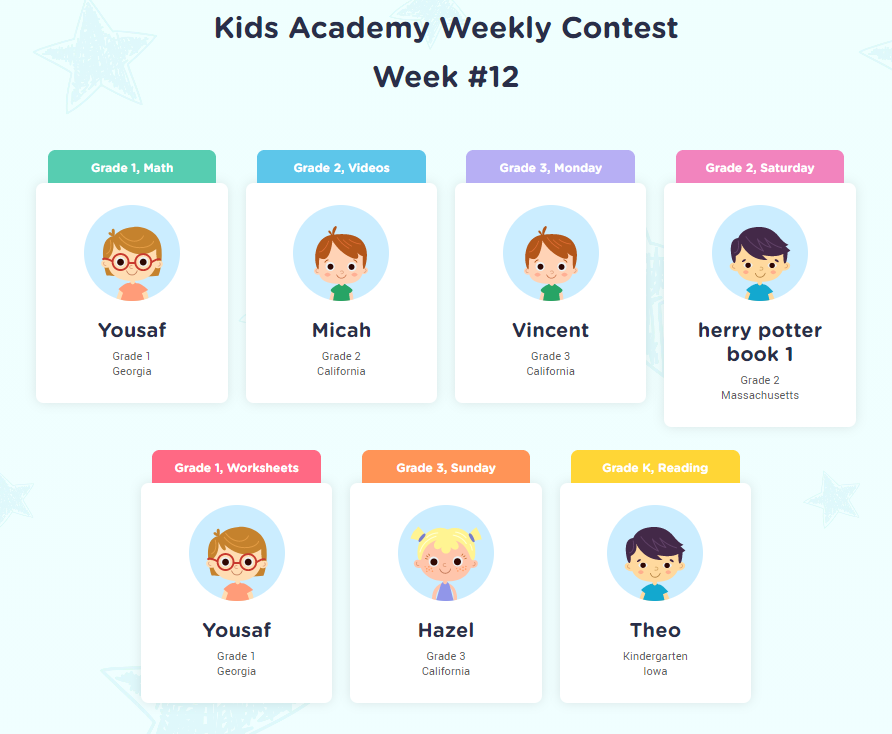Vocabulary development Normal Math Worksheets for Ages 3-8
7 filtered results
-
From - To
Enhance your child’s math vocabulary with our engaging and interactive "Vocabulary Development Normal Math Worksheets for Ages 3-8." Designed to build a strong foundation in mathematics, these worksheets help young learners understand and use essential math terminology. Each worksheet combines fun activities and colorful graphics to make learning enjoyable and effective. From basic shapes and numbers to introductory arithmetic concepts, our resources support both classroom learning and at-home practice. Perfect for young minds, these worksheets aim to promote confidence and improve math vocabulary in an age-appropriate and systematic manner. Start your child's math journey today!
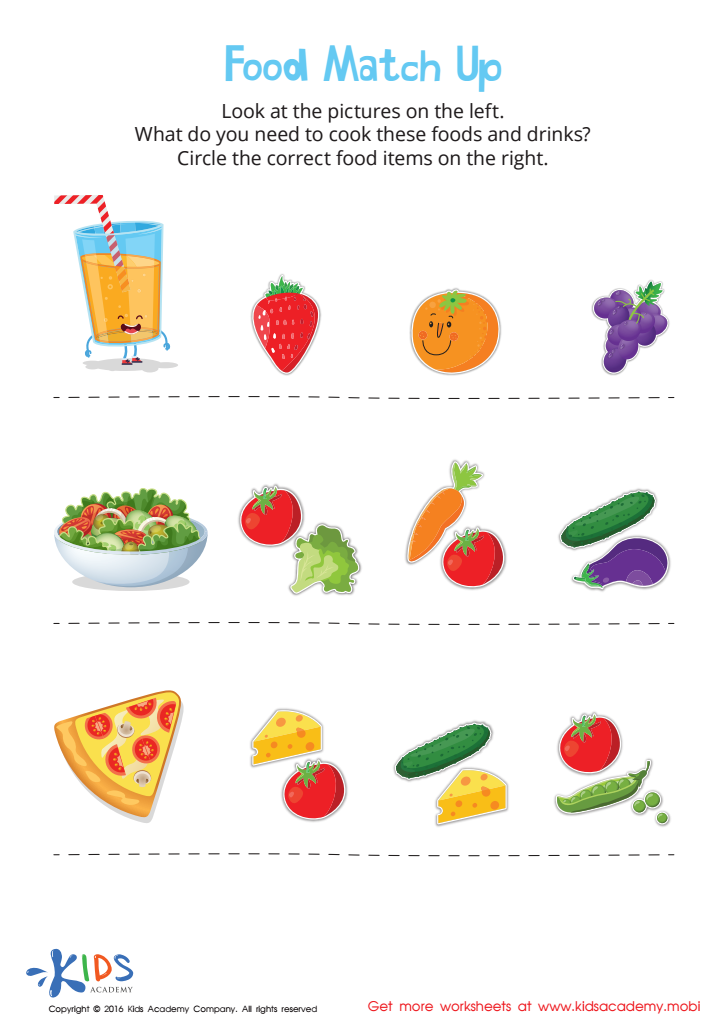

Food Match Up Worksheet
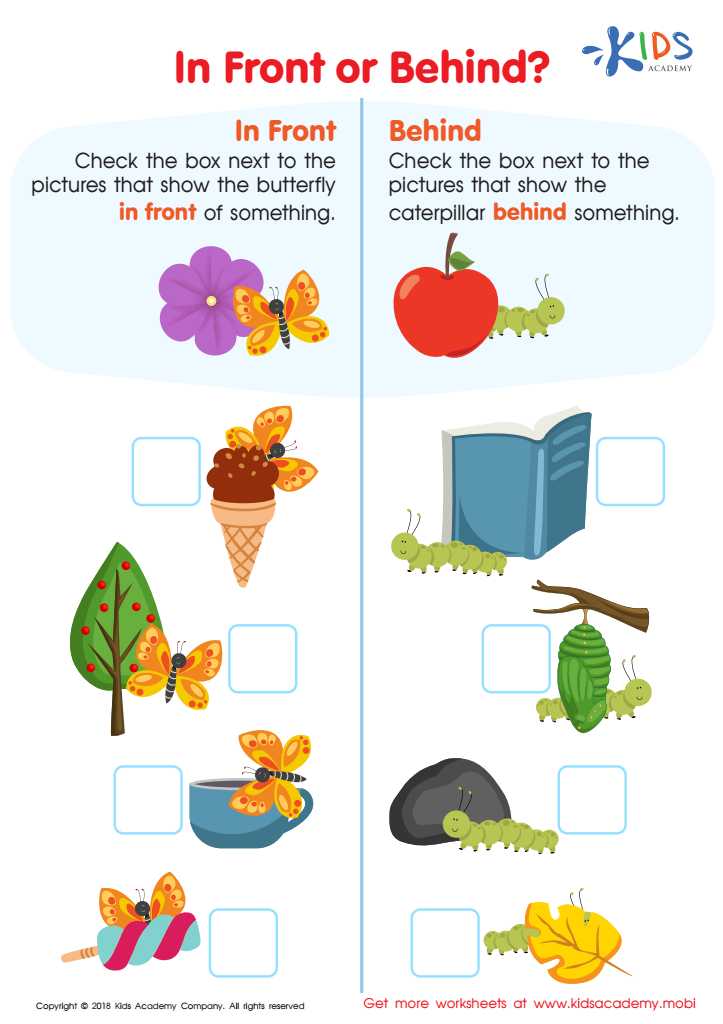

In Front or Behind Worksheet
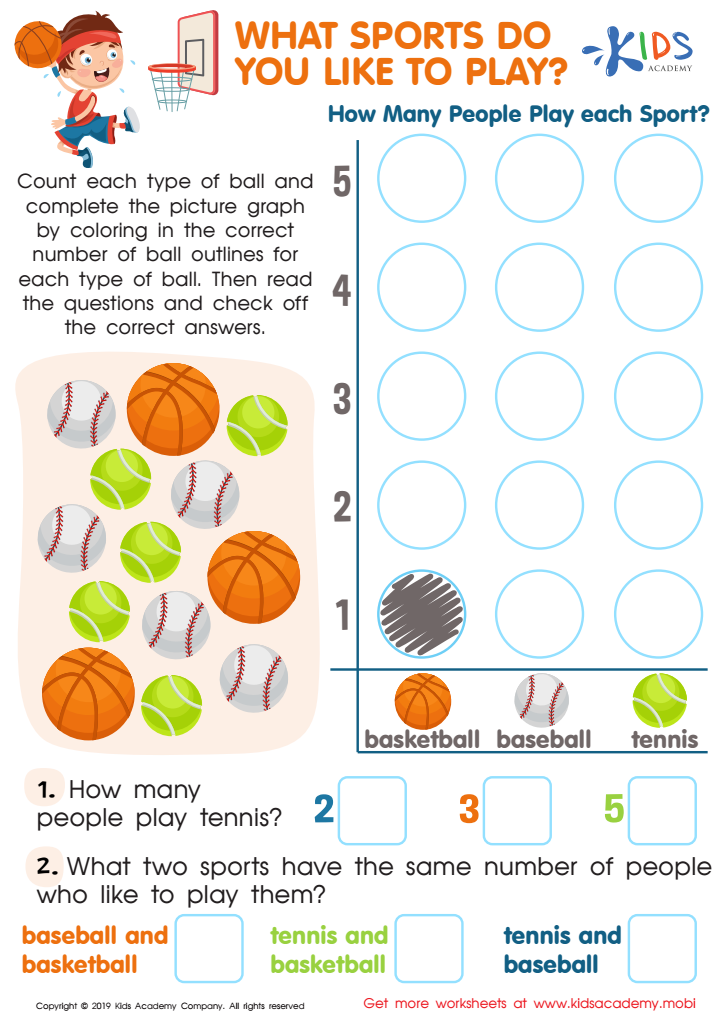

What Sports Do You Like to Play Worksheet
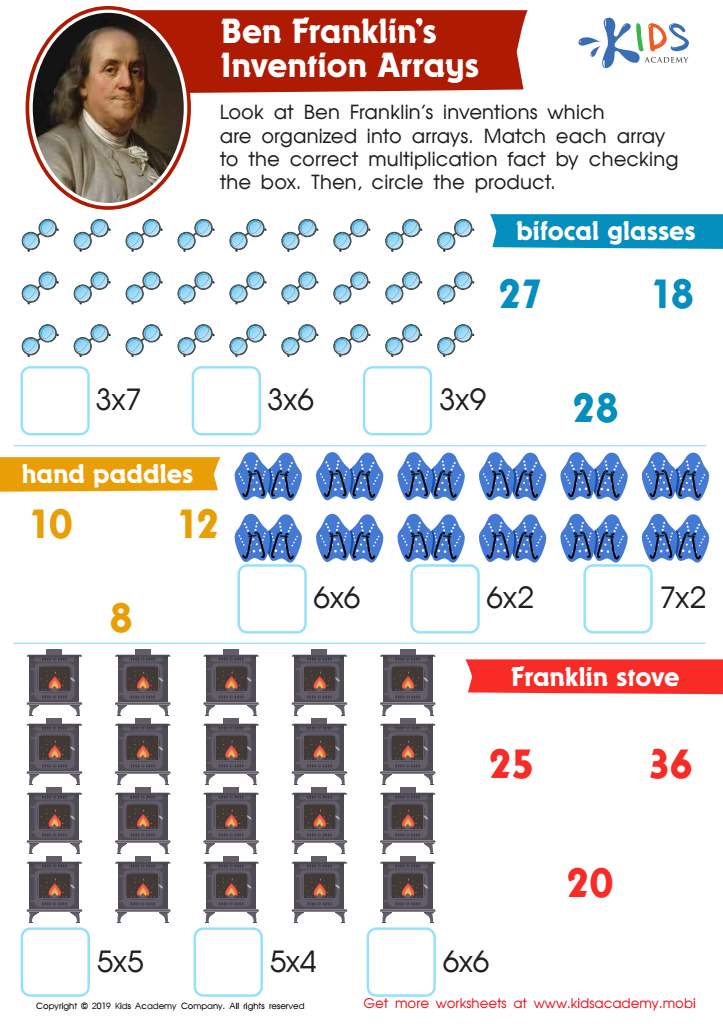

Ben Franklin’s Invention Arrays Worksheet
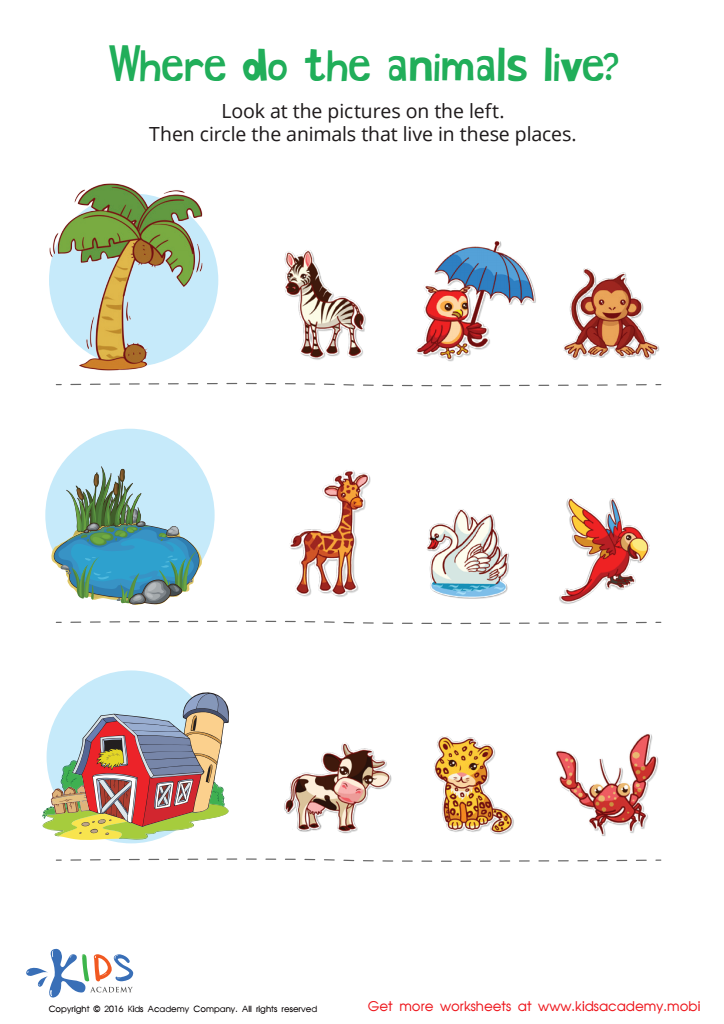

Where Animals Live Worksheet
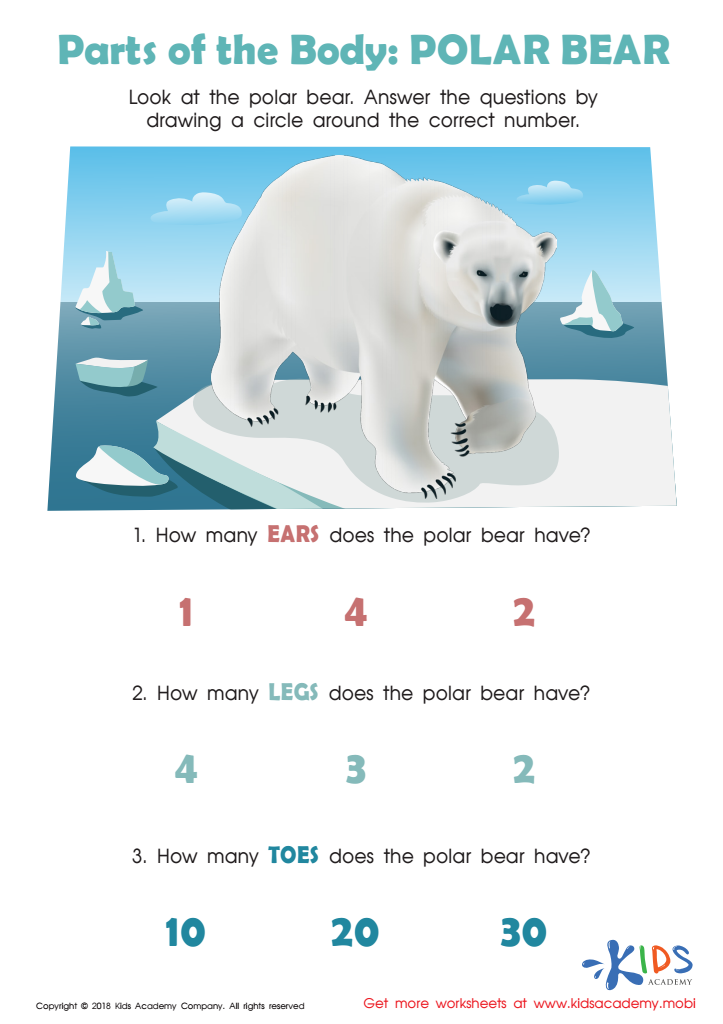

Parts of the Body: Polar Body Worksheet
Vocabulary development is crucial for children aged 3-8 for several reasons. First, a rich vocabulary enhances communication skills, enabling children to express their thoughts, emotions, and needs effectively. It is fundamental for establishing relationships and interacting with the world around them. Second, vocabulary is directly linked to reading comprehension. A broad vocabulary allows children to better understand the texts they read, aiding in their overall literacy development. This foundation is vital for future academic success in all subjects.
In mathematics, even for young learners, vocabulary is equally significant. Understanding basic math terms and concepts, such as "more," "less," "add," "subtract," "equal," and "number names," is essential for grasping more advanced mathematical concepts. When children are familiar with math vocabulary, they're better able to follow instructions, solve problems, and articulate mathematical reasoning.
For parents and teachers, fostering vocabulary development involves reading aloud, engaging in conversations, and introducing new words in various contexts. This early investment yields long-term benefits, including higher academic achievement, improved critical thinking skills, and increased confidence in learning new subjects. Ultimately, a strong vocabulary serves as a cornerstone for lifelong learning and success across all areas of education and life experiences.

 Assign to My Students
Assign to My Students


